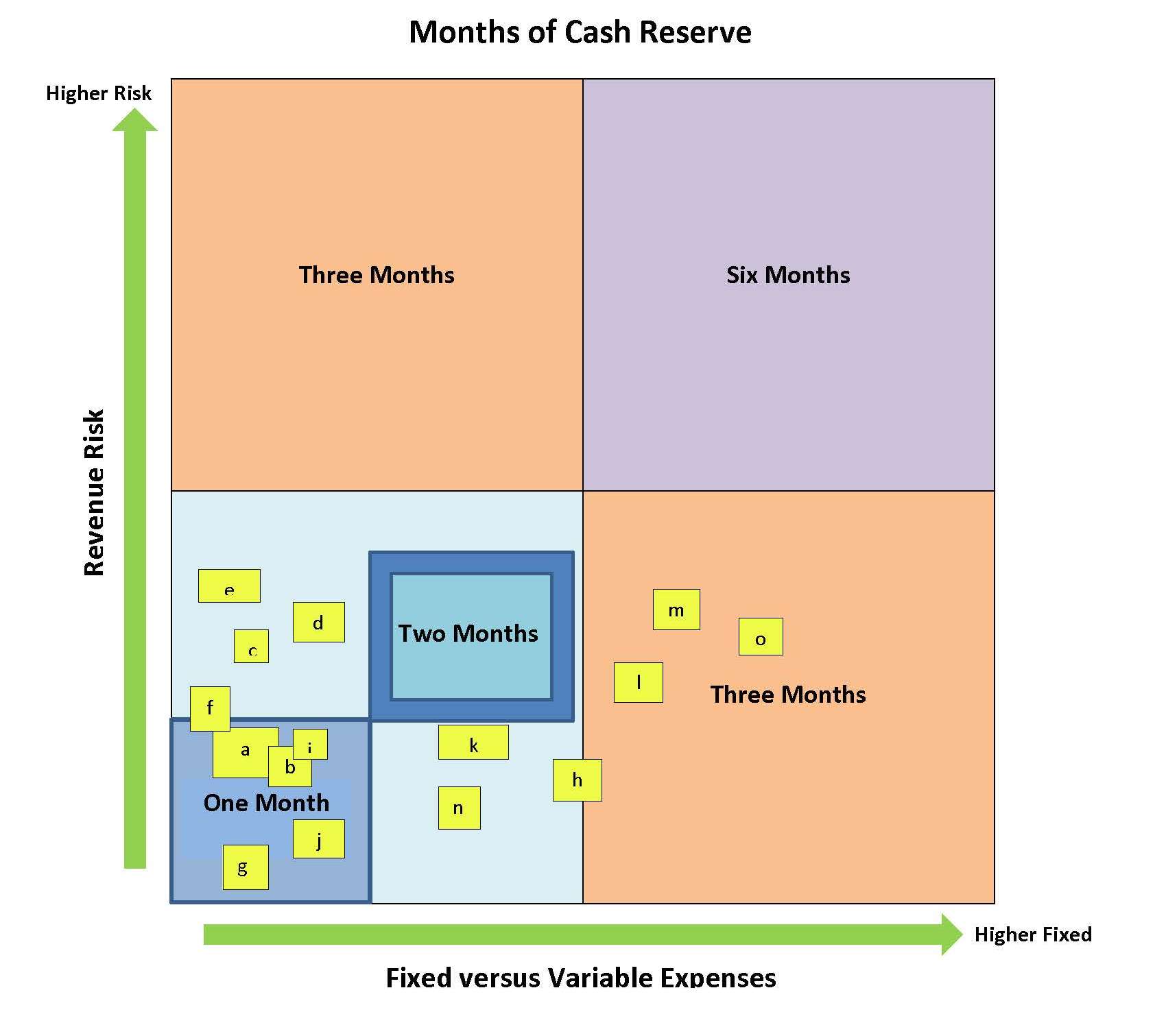
Contributor: Stephanie Ford
Download Printable Version
Imagine this…. Your company is growing… you need capital to continue to expand… however, you’ve been turned down by three banks in a row. Yikes! Has this ever happened to you?
In my 12 years of experience as a commercial banker, the better prepared a business owner was for the request, the more likely they would receive financing. Owners that came to me with a binder chocked full of financial statements, detailed reports, and maybe even a strategic business plan were impressive. Entrepreneurs that provided few concrete materials and simply shared a stream of consciousness of their ideas gave me little to work with.
How to position yourself to get funding for your business is critical in today’s tight credit markets. Preparing a request for financing should be taken seriously, and good preparation will yield better results. Here is a framework for thinking about your approach.
1. Think hard about why you need to borrow. Specifically identify the purpose and develop a business case for the need to borrow and repayment. The best way to do this is to prepare monthly cash flow projections of sources and uses of cash. This prediction of needs and surplus will help to identify how much you need to borrow and how quickly your business can repay the loan. The purpose of your borrowing need will also help to determine what type of loan is best for your company, such as a revolving line of credit for working capital needs or a term loan for permanent improvements to real estate or equipment purchases.
2. The more complete a package of information you can provide to the bank, the better. If you have a business plan, share the entire plan with your banker. In addition to 3 years of financial statements and tax returns, also include any other key reports that you use to run your business. This may seem excessive, but even routine reports such as an accounts receivable aging and accounts payable aging aid in giving the banker insight to your customer management and diversification. Be sure to share any key metrics that are valid for your industry, such as inventory turns, job costing reports, days to market, customer returns, utilization rates, etc. Providing organizational charts and competitive industry details is also valuable.
3. Just as important as preparing your loan request package, give serious evaluation to the bank and banker you want to work with. In today’s market, financial institutions vary widely. Consider what is important to you: branch convenience, technology and services, commercial focus and approval process, legal lending limit, ability for the bank to grow with you over time, etc. Think about whether these needs are best met by working with a large national institution, a strong regional player, or a small community bank. Once you have a sense of the type of institution that would best fit your business, research to determine the best contact at that bank for you. Most commercial banks have several bankers in one department with a manager above them. Finding the right person and personality for you to build a long-lasting relationship with can make all the difference in the growth of your business over time, particularly through the tough years.
The classic 5 C’s of Credit have been an excellent guide for many over the years on the borrowing process. If you can imagine yourself in the shoes of the banker, thinking through their concerns, it will help you prepare your request and business case.
Character
During the entire request process, the banker is also evaluating your character to try to determine if you would be a trustworthy borrower. Be sure to have your personal finances in order as well. Complete a detailed personal financial statement (any bank can provide you their form), know your credit score, and clear up any incorrect items with the credit bureaus. Provide background about your relevant experience and track record of profitability and repayment ability. This can also include any prior company experiences. Most of all, be forthcoming with both the good and any downside to your experience. Bankers never like surprises.
Capacity
You should know that the bank will be examining your financial statements and then calculating certain financial ratios. Two of the most critical ratios are leverage and debt service coverage. Leverage is measured by debt/net worth and the lower the better. While the target varies per industry, a good guideline is under 2:1. Cashflow is a measure of income/debt payments or more specifically EBITDA/(prior year’s current maturities of long term debt + interest expense). It is essential that this ratio exceeds 1.2:1.0, no matter your industry. The higher the better as you want to show the bank you have sufficient cashflow to service your debt along with a cushion for good margin.
The key takeaway: it is good if you are able to calculate these in advance so that you can anticipate how favorably your numbers will be viewed in the eyes of the bank.
Capital
This refers to your net worth or equity value in the businesswhich is determined by the value of your assets less the amount of your liabilities (how much youown minus how much you owe). The higher your net worth, clearly the better.
Note: a negative net worth is a red flag to the bank and a sign you may still be at the level of borrowing from friends and family or other non-traditional sources such as factoring receivables or venture funding.
Collateral
After the bank examines your cash flow repayment ability, they then look to collateral. Consider your business assets and personal assets you have available to offer. This may include real estate, investments, accounts receivable, inventory, equipment, and even your personal residences. How large and liquid are they in relation to the loan you are requesting? The reality is, they should be larger than your loan request as banks discount the value of most assets and only lend 40%-80% against most assets.
Conditions
If you have encountered any difficult spots in your business in the past few years, address them up front. Prepare to tell the story of your business and how you worked through the challenging times. Different banks may also have different tolerances for different industries. This may be based on the performance of the industry overall, the bank’s experience in that industry or their amount of current exposure to that industry. Ask about their preferences to find a better match and increase your success rate. Remember, no industry was untouched in the recent great recession. How you faced those challenging times will be insightful.
Seeking financing in today’s market is complex. To put your best foot forward, much preparation is needed. Seek the guidance of an advisor(s) for input into your request and positioning. Your CPA, attorney or Warren Whitney consultant can be a valuable resource in this process.





